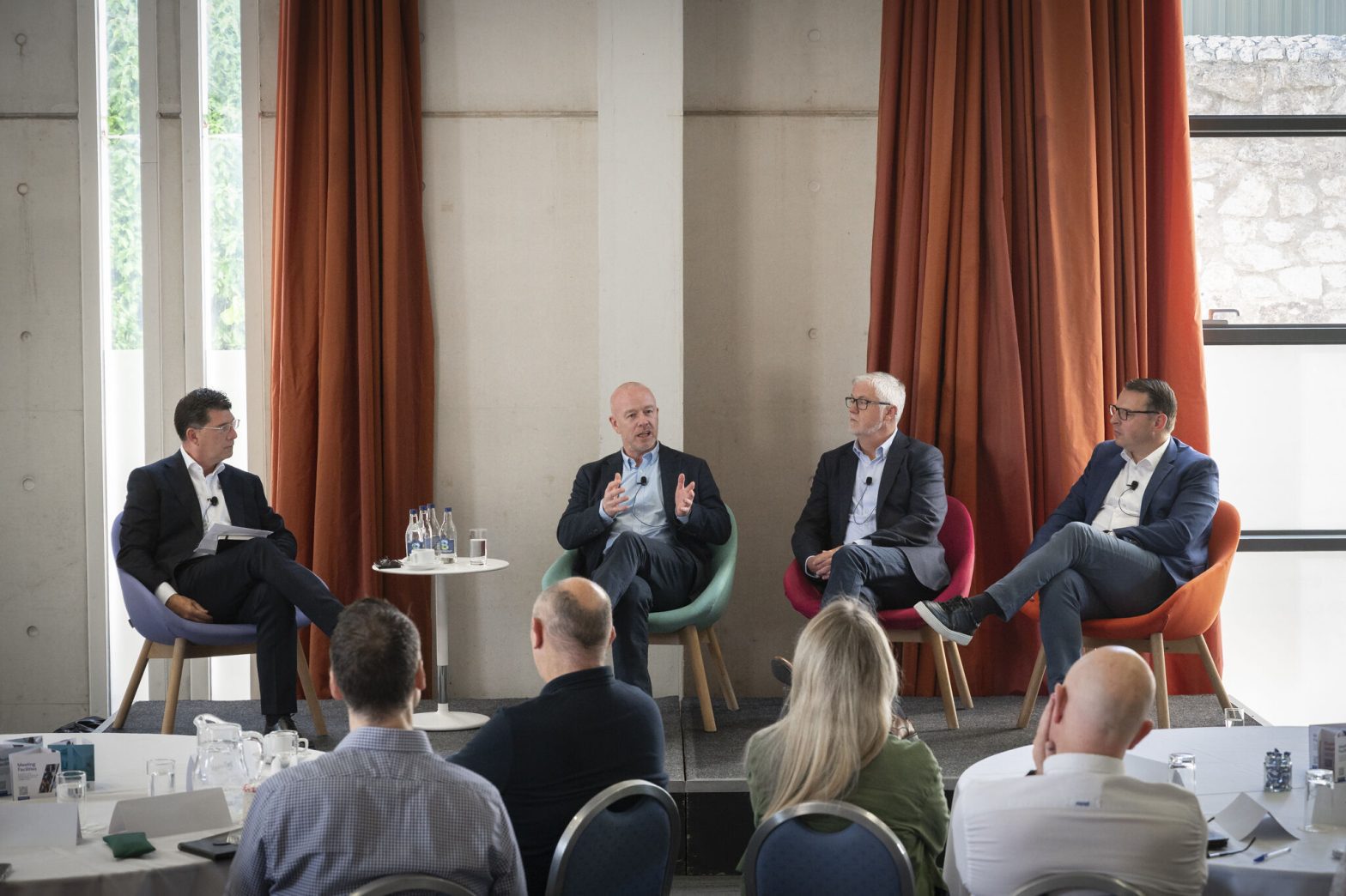Companies should ensure their talent strategies are focussed and directed correctly – otherwise you might try to be ‘all things to all people’ and end up with a strategy that doesn’t deliver value or increased retention of top talent.

Source: www.tworivernews.com
Our economy is recovering and real talent is becoming scarce again. If your senior team think people should still be grateful to have a job – then you need to shake them out of this – and quickly. It’s becoming increasingly obvious to most organisations that a clear and consistent approach to managing top talent is a necessary part of attracting, motivating and retaining that same talent.
The purpose of any talent management strategy should be a functional leadership pipeline which produces increased organisational capability to deliver corporate strategy and, crucially, increased shareholder value. This means having the right talent available at the right times for the right roles. Doing this correctly requires the person responsible for talent to be positively discriminative, focussed and absolutely clear about what the talent management strategy is responsible for delivering. Many organisations struggle with the definition of what they are doing around talent and cannot articulate how it relates to shareholder value being increased.
Some talent management strategies try to be ‘all things to all people’ and do not concentrate resources on the people who have the potential to make the most impactful contribution to delivering the strategy your board and senior group have devised and signed off.
Remember, your talent management strategy is not your aspirational ‘corporate website’ mission statement which lays out your general philosophy – this is a focussed plan to quicken the flow of your best people through the organisation into the roles where they will learn most, contribute most and, ultimately, deliver the corporate strategy faster and more efficiently.

Source: www.yourstory.com
One of the first ports of call for your strategy is your CEO and senior stakeholders – it’s critical that they see the link between the talent strategy and the corporate strategy. It’s also critical that they see what their role is in delivering the talent element, understand it and agree to it. Don’t allow your senior stakeholders to labour under the misapprehension that ‘HR is responsible for talent’ or, if we lose good people, its HR’s issue – neither is true. In order to deliver, you need to be aware of who amongst your senior group has a lot of influence and who is likely to resist your strategy strongly. Then you need to get to work on them.
HR puts the structures and good practices in place to attract and retain and they provide management advice and support but line managers ultimately control the success or failure of a talent management strategy. If line management competence at talent and performance management is poor, talented people see this – it’s not an attractive feature of an organisation.
Focusing your talent strategy – getting it right
1. Get the definitions agreed
A talent management strategy requires a shared understanding of what you mean exactly by talent – is it high performance, high potential, mobility, career aspiration, ability, commitment to the company? The answer for most organisations is a combination of all of these. Make sure your senior team have a common definition that they are working from – if you haven’t thought about this – it can cause havoc later.
2. Get your levels right
Everyone agrees that we should develop our good people but a talent management strategy will focus on the people who can deliver the corporate strategy fastest – this requires the organisation to be discriminate and focus resources on the right people – this can be hard to do as it forces us to exclude people from the program who are great people but who are not in the top talent category – this is something which requires thought and planning so as not to undermine strong people at all levels in the organisation.
3. Be Clear on the ‘Price of Admission’
Steer your talent away from a passive approach and be clear on what they need to contribute to be considered top talent. Most organisations start with engagement, aspiration and ability. Feel free to add your own.
4. Focus on future critical roles and organisational capability
Concentrate on what gaps exist versus future critical roles – don’t focus on specific people.
5. Don’t fall into the ‘mobility is everything’ trap
Some organisations prize mobility above all other aspects –mobility is important but not at the expense of engagement, aspiration and ability.
6. Understand your Employee Value Proposition
This is what you promise to people who perform in your organisation. Be clear on what parts of it really matter to top talent.
7. Avoid the Common Pitfalls
Managers defending their own people at all costs, this leads to inaccurate and defensive inputs at senior level. In a ratings context, avoid everybody being a ‘Great Girl or Guy’. Managers revert to the defence that ‘we can’t leave her out – she’s a great girl’. Be aware that if talent is poorly defined it leads to unfocussed conversations with poor outcomes. Always ensure that your Talent Strategy is related to specific organisational capability gaps.
Best in class
A best in class talent management strategy will motivate people in the organisation to be involved in it, it will not undermine staff. Be aware that taking a generic program ‘off a shelf’ may not be the best fit to increase your organisational capability. A best in class strategy will focus resources on the people who can make the most progress toward corporate goals and will not apologise for this. It will be consistent with internal processes and systems and be driven by future roles and organisational capability. Critically, talent conversations will be open and fair to the organisation and the individuals.
Talent – get it right and it will deliver exceptional results – get it wrong and you’ll struggle to keep the talent that will deliver your corporate results.

Edwin O’Hora holds over 12 years’ top level experience in senior HR management and executive HR leadership roles.
Edwin is the Programme Director for the IMI Diploma in Organisational Development and Transformation.
He works with a range of clients in different sectors in the areas of growing organisations and making them scalable and developing and sustaining high performance.
He sits on the board of the National Adult Literacy Agency (NALA) and advises client boards on a multitude of organisational development issues.
_____________________________________



